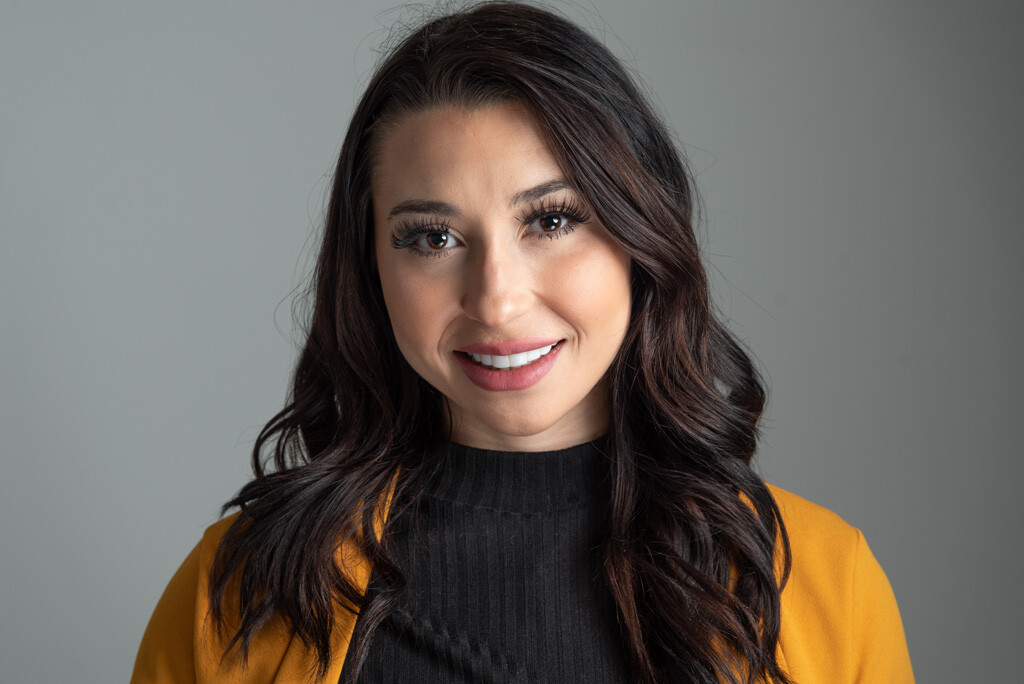How to Use AI for Predictive Analytics in K-12 Schools
This article explores the transformative impact of AI-driven predictive analytics in K-12 education, highlighting how these tools help identify...
You must be logged in to the LATechNet portal to view additional resources.
4 min read
 Aria - LATechNet Team
:
Jul 8, 2025 6:03:21 AM
Aria - LATechNet Team
:
Jul 8, 2025 6:03:21 AM

Schools today face a variety of challenges that educators wouldn't have imagined a few decades ago. Classrooms are more diverse, learning needs are more varied, and resources are often stretched thin. With all these complexities, teachers and administrators need clear and reliable ways to understand how students are doing and where they might need extra help. That's where data analytics comes in.
Using data analytics in education means gathering and looking closely at information about student performance, attendance, behavior, and even engagement. This helps educators spot patterns that might otherwise go unnoticed. By leveraging this information thoughtfully, schools can make smarter decisions, tailor teaching strategies to specific student needs, and ultimately help all students reach their potential. Simply put, data analytics equips educators with valuable insights, allowing them to support each student's unique learning journey more effectively than ever before.
Data analytics in education means collecting student data—like grades, attendance, and engagement—and turning it into meaningful insights. Think of it as shining a flashlight on patterns that might otherwise stay hidden. Core components like predictive analytics help teachers spot students who might struggle before it happens, and real-time analytics provide instant feedback on what's working in the classroom. Data-driven decision making matters because it gives educators clear, evidence-based information. Instead of guessing, teachers and administrators can make smarter choices that truly help students succeed.
Schools gather many types of data to help students thrive. Academic performance data, such as test scores and grades, shows how well students are learning. Behavioral and attendance records can highlight students who need extra support or intervention. Engagement metrics, like class participation and online activity, help teachers understand how involved students are. Socioeconomic and demographic data offer deeper insights, helping educators address challenges students may face outside school, ensuring every child gets equal opportunities for success.
One inspiring example of personalized learning comes from Piedmont City Schools. By using targeted data-driven instruction, they successfully pinpointed individual student strengths and weaknesses, dramatically improving math proficiency and climbing higher in statewide rankings (apnews.com). When schools use data, teachers can craft personalized learning plans, making sure each student gets exactly the help they need, turning weaknesses into strengths and helping everyone succeed.
Georgia State University offers a great lesson in the power of proactive intervention. They implemented predictive analytics to spot students who might be struggling and provided immediate support. This approach resulted in higher graduation rates and happier students (time.com). Early warning systems allow schools to step in before problems grow, ensuring students stay on track and feel supported every step of the way.
Real-time data analytics can truly transform classroom dynamics. Schools using this approach have seen classroom participation jump by an impressive 67% (numberanalytics.com). By actively monitoring student engagement through live data, teachers can quickly adjust teaching methods and classroom activities, ensuring lessons are interesting, interactive, and engaging for every learner.
Predictive analytics can also significantly lower dropout risks. Schools employing these systems have successfully identified at-risk students early, reducing dropout rates by 15% (hashstudioz.com). By implementing predictive analytics tools, schools can proactively offer targeted support for vulnerable students, helping them overcome challenges and remain engaged, confident, and on a clear path toward graduation.
When your school is ready to dive into data analytics, start by choosing tools that are easy to use and match your specific needs. Platforms like Tableau, Power BI, or simpler options like Google Data Studio can help educators visualize student performance clearly and quickly. Make sure to pick tools that align with your school's technical skills and budget.
Next, always prioritize student privacy and security. Using data means you must follow regulations like FERPA, ensuring that student information stays protected and confidential. Regularly check your systems for security risks and update your privacy policies accordingly.
Effective training is essential too! Provide workshops or short courses to help teachers and administrators understand the data and feel confident using it to improve learning outcomes. Lastly, encourage everyone in your school to ask questions, explore data insights, and embrace a culture of continuous improvement.
When schools begin to use data to enhance student performance, they often face common hurdles. Teachers and administrators might resist change because it feels overwhelming or unfamiliar. Additionally, not everyone may feel comfortable analyzing data, and outdated technology can make the process even tougher. Thankfully, these barriers can be overcome. Start by clearly defining your school's goals and setting measurable objectives that everyone understands. Regularly review progress together through feedback loops, making adjustments as needed. Remember, involving all stakeholders—teachers, students, parents, and administrators—is key. By openly discussing data insights and collaborating on solutions, you create an environment where everyone feels included and invested. With patience, clear communication, and teamwork, you can successfully navigate these challenges and build a culture that values data-driven improvement.
Imagine having a partner who truly understands the unique challenges educators face when dealing with student data. That's exactly what LATechNet offers. As an experienced IT firm specializing in educational data analytics solutions, LATechNet creates customized platforms designed specifically for your school's individual needs. They understand that every institution is different, and they tailor their approach accordingly.
Security and compliance are top priorities. LATechNet ensures that your student data remains safe and handled responsibly, backed by skilled IT professionals who know the ins and outs of education data regulations. Plus, they offer comprehensive training and round-the-clock support, helping educators and administrators become comfortable and confident using data-driven tools.
Best of all, LATechNet smoothly integrates its solutions into your existing systems, minimizing disruption and maximizing efficiency. By partnering with schools, LATechNet helps cultivate a sustainable, data-driven culture that directly supports improved student outcomes.
Using data analytics can truly transform the way schools help their students succeed. By collecting, analyzing, and interpreting educational data, teachers and administrators can better understand student needs, improve teaching methods, and make smarter decisions. It's like having a clear map that guides you directly to improved educational outcomes and happier, more successful students. Schools that embrace data-driven strategies not only boost their students' performance but also create a culture of continuous improvement. Partnering with experienced organizations, such as LATechNet, can make this journey even smoother, providing schools with expert guidance and proven tools. So, let's encourage our educational institutions to confidently step forward, embrace data analytics, and watch as their students reach new heights of success.

This article explores the transformative impact of AI-driven predictive analytics in K-12 education, highlighting how these tools help identify...

Artificial Intelligence (AI) is revolutionizing education by enhancing student data management and analytics, helping educators make informed...

Artificial Intelligence is significantly transforming the education sector by personalizing learning experiences and enhancing educator efficiency....